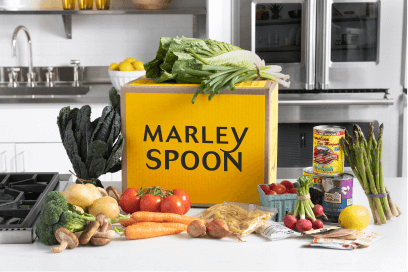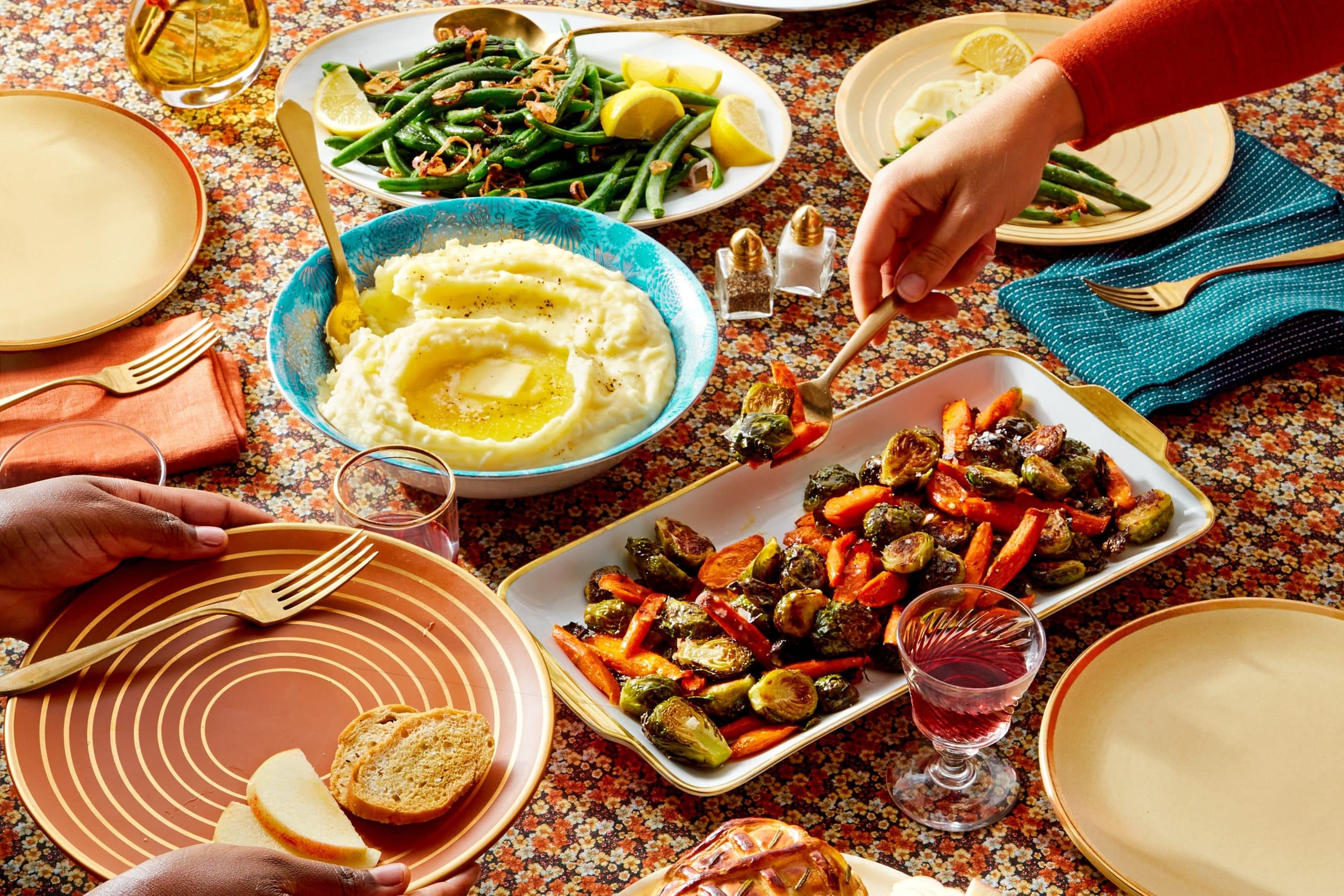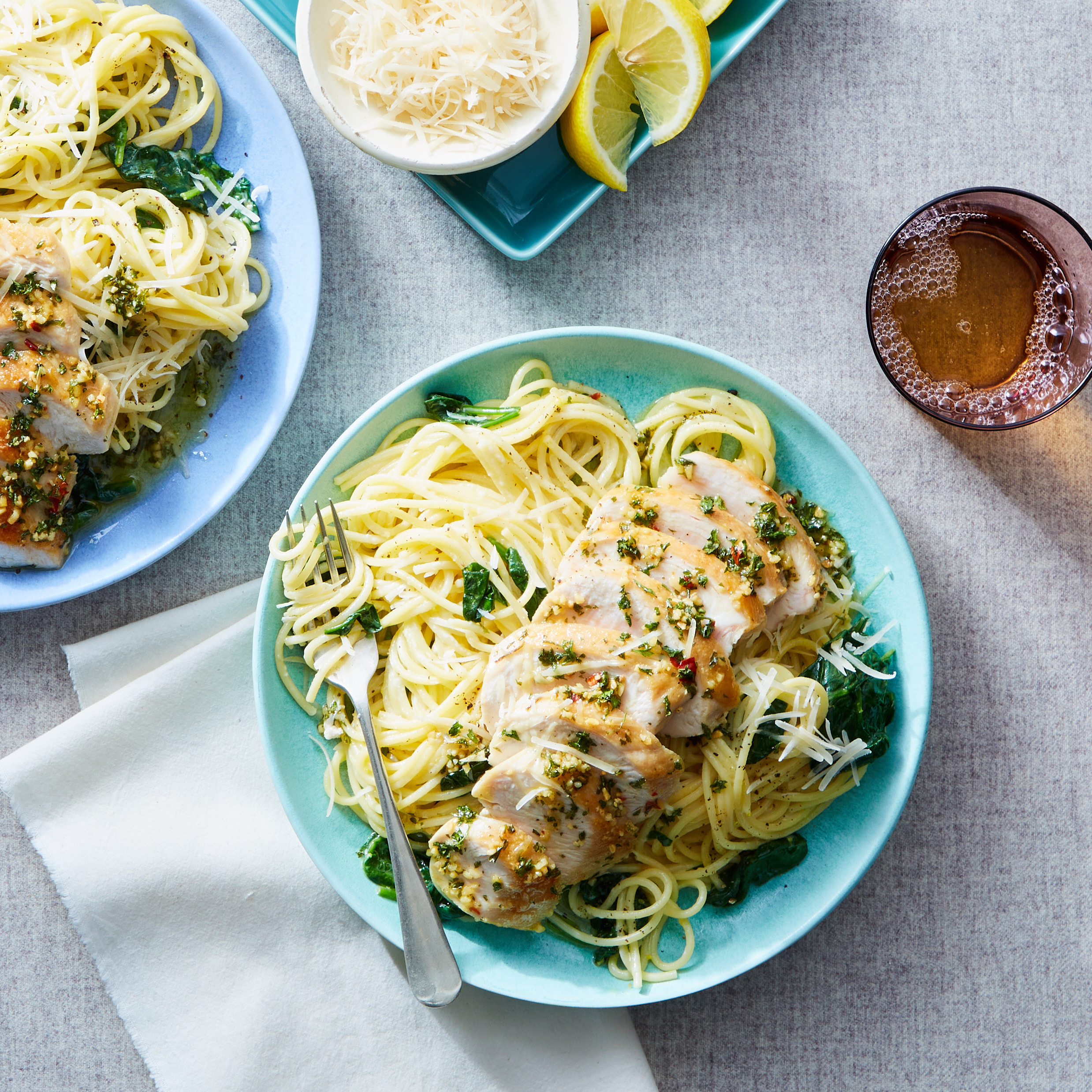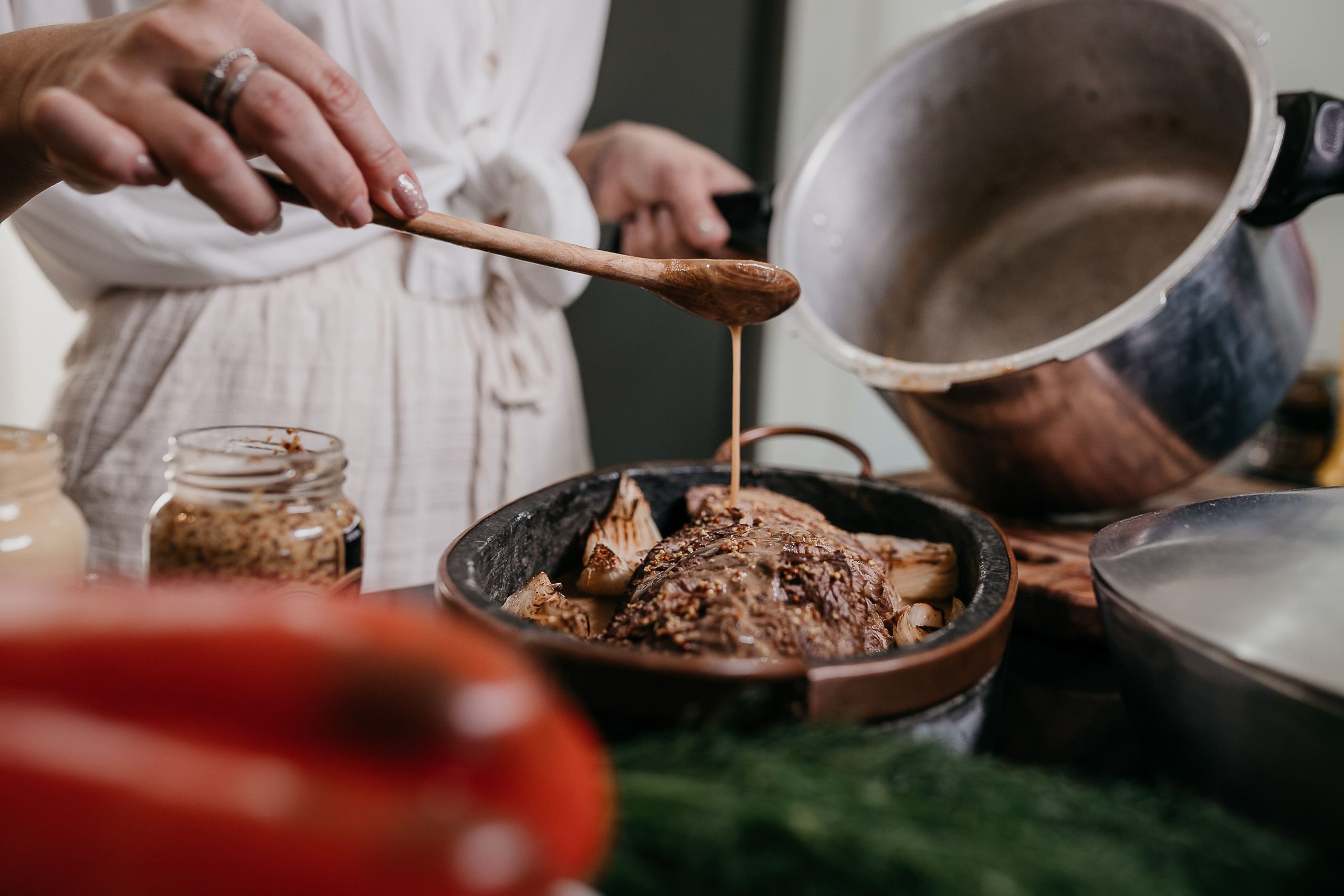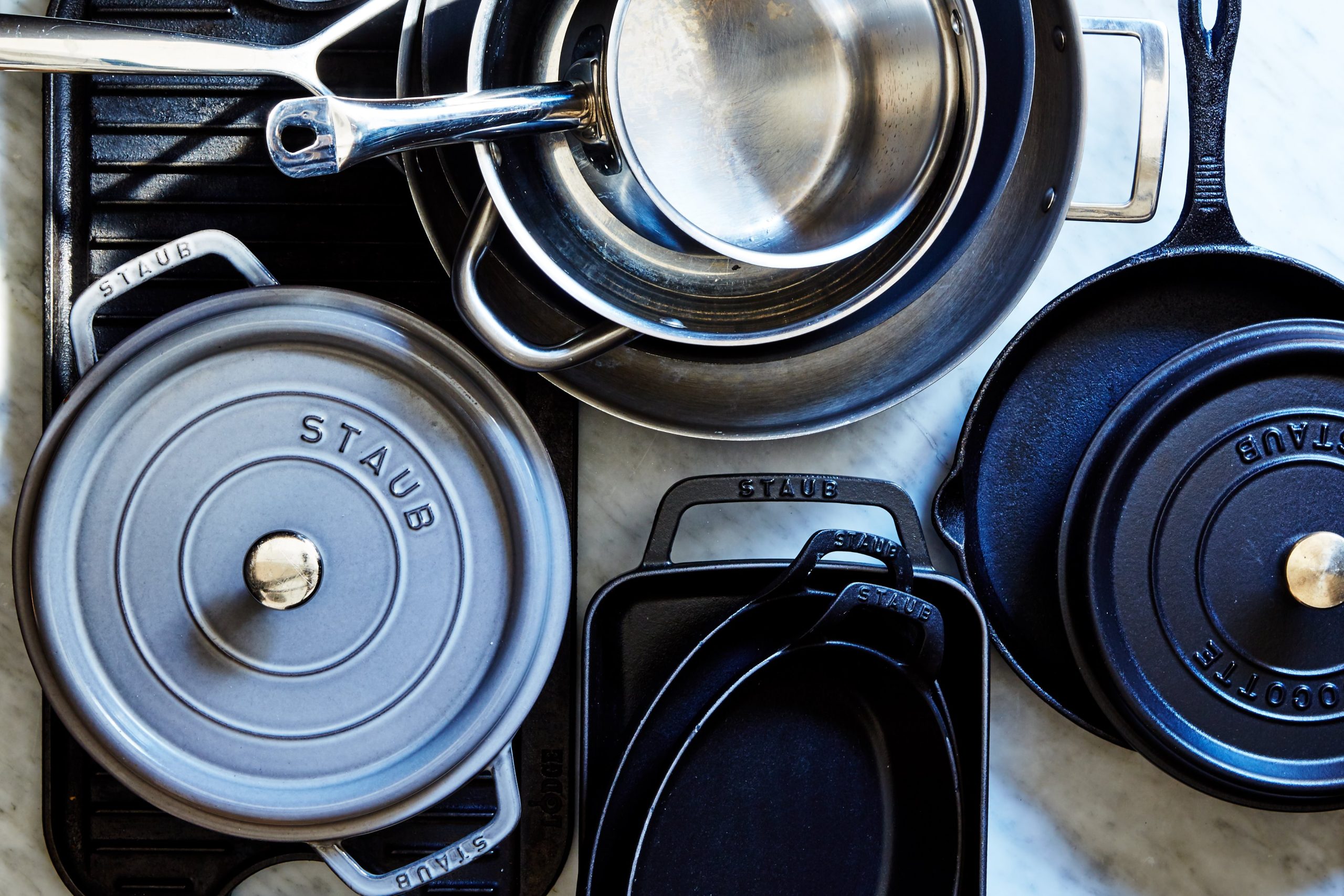
The right cookware is essential to successful cooking, but that doesn’t mean you have to buy many items. Focus on having just the most useful (and versatile) ones.
Cast-Iron Skillet
An iron pan retains heat and distributes it evenly, making it well suited for searing, sautéing, and frying. Avoid cooking wine or anything acidic, such as tomato sauce, in a cast-iron pan—it can cause the patina to be worn off.
Dutch Oven
This versatile pot is indispensible for braising meats and vegetables, as well as for making stews. The thick sides and bottom retain and evenly distribute heat, and the tight-fitting lid traps in moisture and flavor. The pot can also go into the oven (make sure it has ovenproof handles and knob).
Large Stock Pot
An 8-to 10-quart pot is perfect for making soups and stocks and for cooking pasta.
Nonstick Skillet
A nonstick skillet can make certain tasks, such as scrambling eggs or making omelets, even easier. An 8- or 10-inch one is ideal.
Roasting Pan & Rack
Use a generous-sized pan with sturdy handles to roast meats, poultry, fish, and vegetables. A pan with 3-inch- high sides is best for turkeys and other large roasts. A roasting rack will elevate the food, allowing air to circulate underneath. It also lets drippings collect underneath, perfect for making pan gravy.
Saucepans
A traditional saucepan has tall, straight sides that prevent rapid moisture loss, which is exactly what you need when steaming, blanching, or making sauce or soup. Use a 4-quart lidded pan for cooking small amounts of pasta, and a 2½-quart lidded pan for reheating soups and sauces.
Sauté Pans
Used to sauté and pan-fry meats and vegetables, these pans have sloped sides that allow you to flip foods easily as you cook. A 10- or 12-inch is practical for most recipes.
Straght-Sided Skillet
This pan’s straight sides and lid make it a good option for pan-frying or braising smaller cuts of meat. An extra handle makes it easy to transfer the pan to and from the oven.
Cast-Iron Grill Pans
A grill pan is a practical indoor alternative to a gas or charcoal grill, although you won’t get the same charred flavor. The ridges allow fat to drip off meat and also produce grill marks.
Wok
Invest in a wok if you plan to do a lot of stir-frying. Its rounded shape evenly spreads heat, cooking food rapidly.
